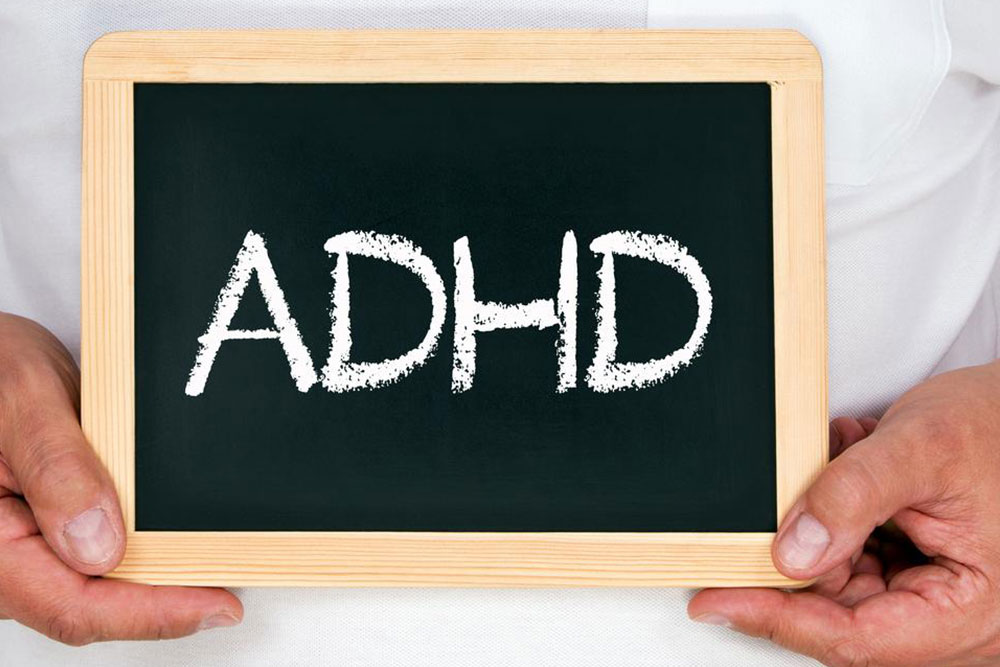Comprehensive Guide to Adult ADHD: Causes, Symptoms, and Effective Management Strategies
This comprehensive article explores adult ADHD, detailing its causes, symptoms, and management strategies. It emphasizes the importance of early diagnosis, treatment options like medication and therapy, and legal protections available for adults. The guide aims to empower individuals with knowledge to seek support and adopt effective coping mechanisms for a better quality of life.

Comprehensive Guide to Adult ADHD: Causes, Symptoms, and Effective Management Strategies
Living with Attention Deficit Hyperactivity Disorder (ADHD) as an adult presents unique challenges across personal, professional, and academic spheres. Recognizing the signs early and implementing effective management strategies are vital steps toward leading a balanced and fulfilling life. Adult ADHD often remains underdiagnosed, which can delay essential treatment and support, exacerbating difficulties in daily functioning. This extensive guide aims to shed light on the causes, symptoms, and practical management approaches for adult ADHD, equipping individuals with the knowledge necessary to seek help and develop coping mechanisms.
What is Adult ADHD?
ADHD is commonly associated with children; however, a significant number of adults live with this neurodevelopmental disorder. While some individuals experience a reduction in symptoms over time, a startling 60 percent continue to face challenges well into adulthood. This persistent nature underscores the importance of understanding adult ADHD, its impact, and how it differs from childhood presentations. Many adults discover they have ADHD later in life or have struggled with unrecognized symptoms since adolescence. Despite affecting both genders, studies show that adult men are slightly more diagnosed than women, although women often face additional hurdles due to overlapping symptoms with other conditions.
Understanding adult ADHD is critical because its effects extend beyond typical inattentiveness or hyperactivity. It influences emotional regulation, impulsivity, organizational skills, and decision-making processes, which can hamper career advancement, relationships, and mental health. Failure to diagnose or treat this disorder can lead to significant consequences, including low self-esteem, chronic stress, and missed opportunities.
Many adults remain unaware of their ADHD diagnosis until symptoms become overwhelming or problematic in their daily routines. Recognizing the disorder's manifestation across different age groups and genders is essential for providing the appropriate support and treatment plans.
Causes and Indicators of Adult ADHD
The origins of adult ADHD are still under active research, but current scientific understanding suggests a complex interplay of genetic, environmental, and neurological factors. Family history remains a prominent risk element; individuals with relatives diagnosed with ADHD are more likely to develop similar symptoms. Genetic studies reveal that certain genes linked to brain development and neurotransmitter regulation, especially dopamine pathways, play a significant role.
Environmental influences such as exposure to toxins like lead during childhood can interfere with neural development, increasing the likelihood of ADHD symptoms persisting into adulthood. Additionally, childhood trauma or significant stressors may exacerbate symptoms or complicate the diagnostic process.
As people age, ADHD symptoms tend to evolve. Inattention remains a common feature, manifesting as difficulty concentrating, forgetfulness, and organizational struggles. Hyperactivity, however, may decrease, though some individuals experience inner restlessness and agitation. Impulsivity often persists, leading to hasty decision-making, interrupting conversations, and difficulty delaying gratification. Emotional dysregulation is another notable characteristic, with adults experiencing frequent irritability, frustration, or mood swings.
These symptoms can cause tangible problems, including job instability, strained relationships, and increased risk of accidents. Behavioral challenges like impulsiveness can lead to financial difficulties or substance misuse. Diagnosing adult ADHD involves comprehensive evaluation by medical professionals through clinical interviews, standardized assessments, and often collaboration with mental health specialists. Accurate diagnosis is crucial for developing effective management strategies tailored to each individual's needs.
Effective Strategies for Managing Adult ADHD
Managing adult ADHD requires a multifaceted approach, often combining medication, behavioral therapies, and lifestyle modifications. Medications such as stimulants (e.g., methylphenidate and amphetamines) are widely used due to their proven effectiveness in reducing core symptoms. However, they come with potential risks of misuse or side effects, so medical supervision is essential. Non-stimulant medications are also an option for some individuals.
Psychological interventions, especially cognitive-behavioral therapy (CBT), play a pivotal role in helping adults develop organizational skills, improve emotional regulation, and reduce impulsivity. CBT also assists in addressing comorbid conditions such as anxiety and depression, which frequently occur alongside ADHD. Coaching and skill-training programs focus on enhancing time management, planning, and prioritization, empowering adults to better handle daily responsibilities.
Behavioral strategies include establishing routines, using planners or digital reminders, and creating an organized environment that minimizes distractions. Mindfulness and stress management techniques can improve emotional resilience and overall well-being. Support groups and family education are vital components, offering emotional backing and practical advice from peers facing similar challenges.
In the United States, numerous laws and policies promote inclusivity and protect the rights of individuals with ADHD. Workplace accommodations under the Americans with Disabilities Act (ADA) and anti-discrimination legislation ensure access to necessary resources. Educational institutions are also required to provide reasonable accommodations, making higher education and vocational training more accessible.
Approximately 4.4% of adults in the USA are diagnosed with ADHD, with a higher prevalence among males (about 5.4%) compared to females (around 3.2%).
ADHD affects individuals across all ethnic groups, though prevalence varies slightly among populations, with Caucasians showing the highest rates.
Many adults find that working with mental health professionals, social workers, or career counselors improves their ability to adapt and succeed in work and social environments.
Legal protections such as the Rehabilitation Act and the Americans with Disabilities Act (ADA) provide essential safeguards, promoting fair access and preventing discrimination at school and in the workplace.





